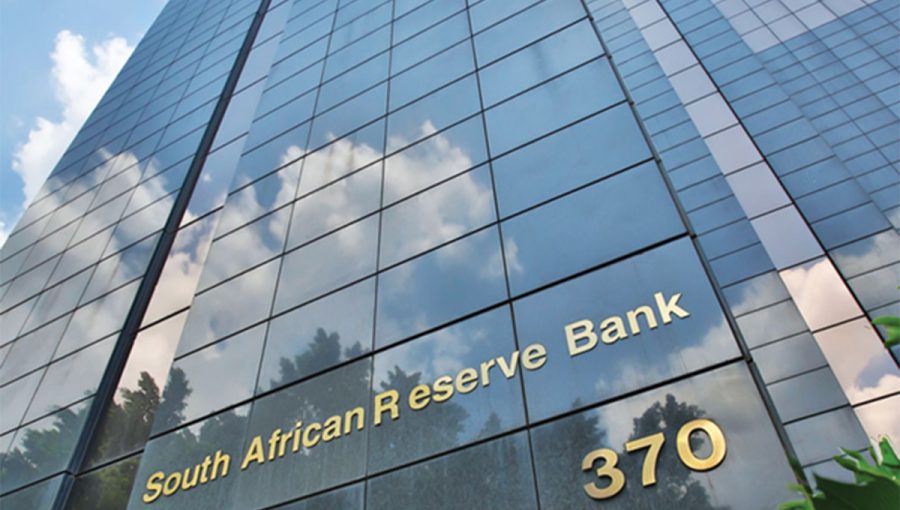
Debtors Pressured by 3,25% Interest Rate Increase Compared to Last Year
It is always important to consider whether it’s really necessary, or not, to ask for a personal loan or get into any kind of debt. However, in contexts like the present one, where interest rates are constantly increasing, we must be even more careful when it comes to making those kinds of decisions. The credit […]

It is always important to consider whether it’s really necessary, or not, to ask for a personal loan or get into any kind of debt. However, in contexts like the present one, where interest rates are constantly increasing, we must be even more careful when it comes to making those kinds of decisions.
The credit market usually feels the bite of the economic context. For example: when rates such as the as Consumers Price Index (CPI) – the one that measures consumers inflation- high – rise, it is normal to observe a related increase of interest rates, usually promoted by the financial authorities as a measure to reduce the supply of money, decreasing consumption and making prices go lower.
So, when the economy is not doing well, credit services also reflect that situation. In the case of South Africa, some consulting agencies have already shown some related information. A consumer strategy, analytics and research company, Eighty20, has posted its 2022 Q3 Credit Stress Report which reveals some trends about the four most credit-active South African customer segments.
Most analysts agree when considering that the worst moment of the credit market is over, but there are still some aspects that can really prejudice consumers’ situations. As said by Andrew Fulton, director at Eighty20, “at a macro-level the credit market is looking relatively resilient, despite continued inflation and rising interest rates. Overall, total defaulters are down 3% from Q3 2021 and total overdue balances are down 12%. However, a more detailed view of the credit market is showing large pockets of customers that are facing some significant financial distress”.
What did Andrew mean by the last sentence? He was talking about the constant interest rate rises registered in the last months. If we include the last rate hike decided by the South African Reserve Bank’s (SARB’s) Monetary Policy Committee (MPC) on November 24, the prime lending rate has grown by 3.25% over the past twelve months. That means that if a consumer has an active home loan of R1.5 million, his monthly instalment will increase to more than R3000. It must also be considered that most salaries don’t register the same level of increments, which makes the consumer’s situation a bit more serious.
And it is not only about home loans. Vehicle asset finance (VAF) has also registered important rate increases through the last year. Actually, the Eighty20 report shows that consumers with a current mortgage or vehicle loans, especially those consumers included in the middle-class workers’ segment, are being seriously pressured: the total value of these loans moving into default over the last quarter increased by 20%.
Other segments, like credit cards, have also registered rate increases. If you are indebted with any kind of loan, it is important, especially going into the festive season, to avoid over-extending yourself by incurring more credit card or retail debt.
Advisors suggest not entering into any debt if not really necessary, considering that the South African Bank is expected to continue rate hikes into 2023.
By: Ignacio Aglietti
